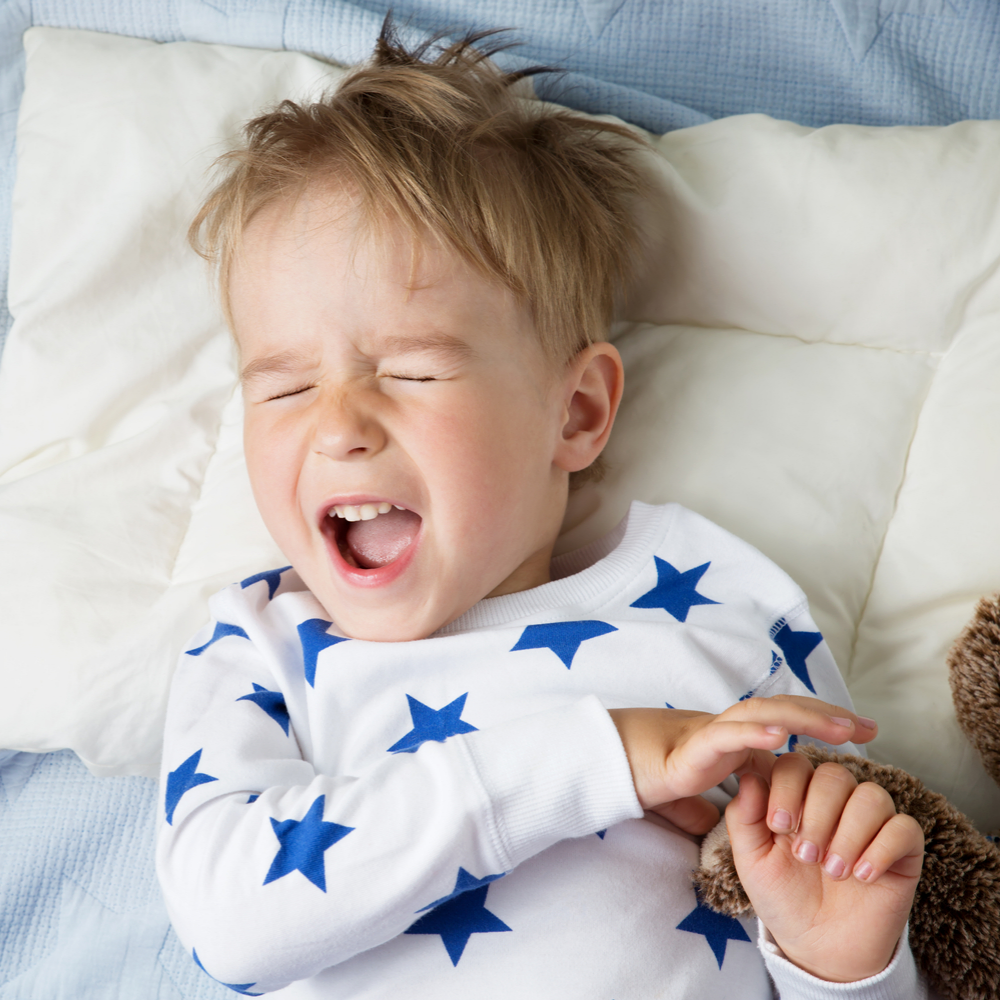The best approach to prevent coronavirus spreading in your school is the same approach used for all other contagious diseases: follow good hygiene practices and follow the recommendations of the CDC and your local health department.
It happens every year. Sometimes it’s contained to one classroom, sometimes it affects only a few grades and sometimes it’s schoolwide. But the school year almost inevitably includes an outbreak of a contagious disease such as the flu. This year, coronavirus news is capturing headlines and schools are preparing contingency plans in the event of a local outbreak.
As your school takes steps to slow the spread of coronavirus and other infectious diseases, consider your sensory spaces and sensory tools.
How do you properly clean and disinfect products at school?
The CDC describes cleaning as removing germs, disinfecting as killing germs and sanitizing as reducing the number of germs through either cleaning or disinfecting. The enhanced cleaning practices that schools implement in the event of an outbreak focus on ‘high touch’ surfaces like desks, door handles, faucet handles and hands-on learning tools and toys. Many of our sensory tools are easy to sanitize, such as our Wipe Clean! Lap Pads, seating cushions and scooters. Even several of our fabric items are machine washable. If your school has an outbreak, seek guidance from your local health department when sanitizing your school.How do you clean a cluttered classroom?
Think spring cleaning! Now is a good time to declutter your classroom and sensory spaces. It’s easier to wipe down clear surfaces. This is also an opportunity to freshen up your sensory space.How do you avoid spreading coronavirus in school?
Sharing isn’t always caring. If you notice possible coronavirus symptoms in your students, you may choose to have students use individual supply sets of items such as markers, scissors and pencils. You might also designate fidgets, putties and slimes for specific kids.How do you keep your sensory space sanitary?
Kids touch their faces constantly. Before kids enter your sensory space, send them to wash their hands. Teach kids how to wash their hands, including using warm water and soap, scrubbing every part of their hands for a full 20 seconds and turning the water off using a paper towel. Be sure to give students time to wash their hands before snack time and lunchtime too.What are other tips to teach kids not to spread germs?
Teach kids to cover their coughs and sneezes with a tissue, immediately dispose of the used tissue and then wash their hands properly.
By following these practices, schools can slow the spread of coronavirus, flu and other infectious diseases. To help your students stay healthy, keep on the lookout for coronavirus symptoms, stay informed of new coronavirus updates and contact your local health authorities with any questions.






















Comments